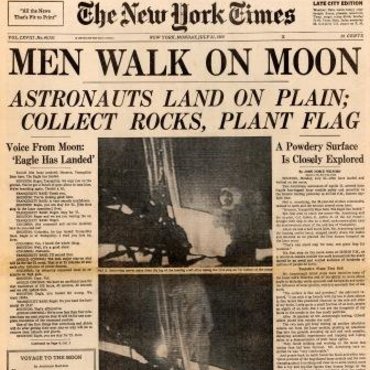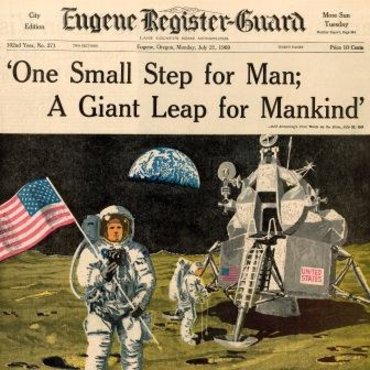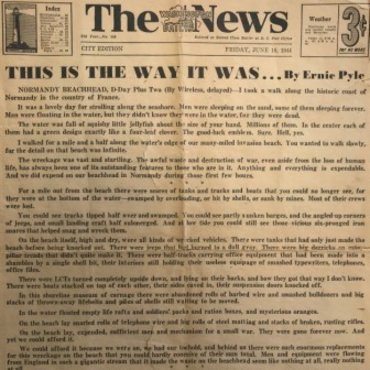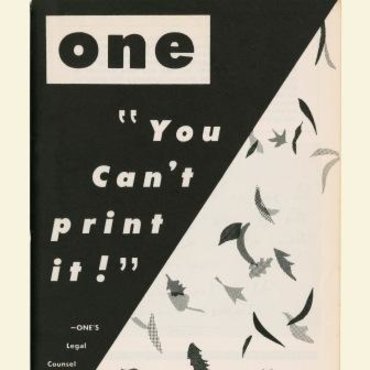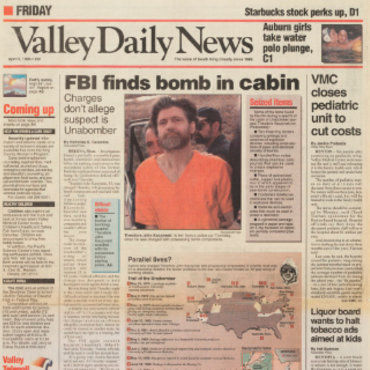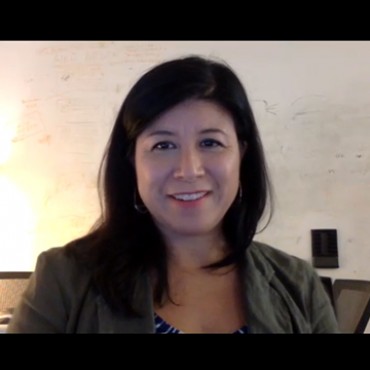Great Recession, 2007-2009: Archived Papers
The U.S. experienced a sharp decline in economic activity that saw real GDP, house values, net worth and the stock market drop, and unemployment rise.
Get even more great free content!
This content contains copyrighted material that requires a free NewseumED account.
Registration is fast, easy, and comes with 100% free access to our vast collection of videos, artifacts, interactive content, and more.
NewseumED is provided as a free educational resource and contains copyrighted material. Registration is required for full access. Signing up is simple and free.
With a free NewseumED account, you can:
- Watch timely and informative videos
- Access expertly crafted lesson plans
- Download an array of classroom resources
- and much more!
- Journalism
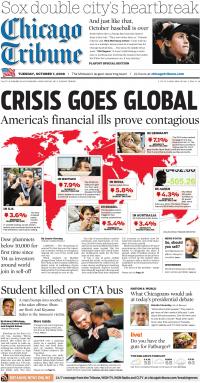
The Great Recession officially started in December 2007 and ended in June 2009, according to the National Bureau of Economic Research (NBER). The seeds for the recession, however, were planted a year earlier in the sub-prime mortgage crisis. Over the next two to three years, the U.S. government and Federal Reserve took measures, including fiscal stimulus programs, intended to revive economic growth.
On Sept. 29, 2008, the Dow Jones Industrial Average fell 777.68 points, the largest point drop in history until 2018 when it dropped 1,175.21 points. Many economists blamed Congress for the 2008 drop, as lawmakers refused to pass a bailout bill that would have helped many banks stay afloat.
The selection of front pages below highlight a small portion of the events of the recession — the longest recession since World War II — and focus mainly on the bank bailout bill that eventually passed in October 2008. The bill established the Troubled Assets Relief Program, which allowed the Treasury to bail out banks in crisis; it increased the Federal Deposit Insurance Corporation (FDIC) limit for banks; and granted the FDIC permission to utilize federal funds as necessary throughout 2009.
The NBER declared June 2009 the end of the Great Recession, based on improvements seen in many economic areas, including the stock market and unemployment rates. Despite its official end, the recession continued to impact communities and the U.S. economy for years.
Front Pages Sept. 15, 2008
(While a page is open, press the pink “view larger” button under the image to zoom in on a higher quality PDF file.)






